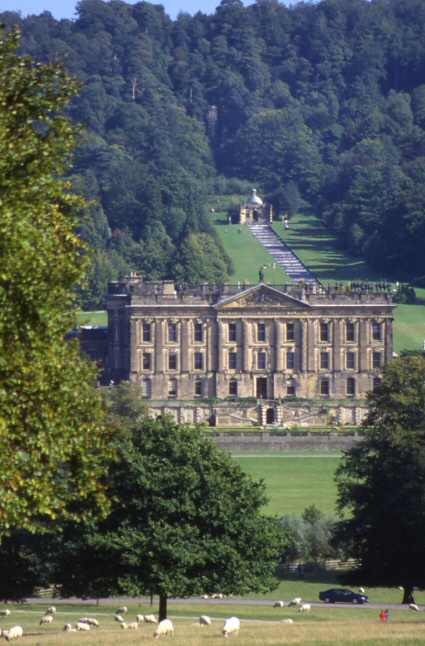 All representations in TV productions are mediated by the producer. As Stuart Hall (1980) suggests, the audience can be positioned to accept a dominant, preferred representation of many aspects about society.
All representations in TV productions are mediated by the producer. As Stuart Hall (1980) suggests, the audience can be positioned to accept a dominant, preferred representation of many aspects about society.
This documentary follows the plight and decline of Britain’s country houses and stately homes with a single narrator who describes and explains on screen and also interviews people of interest. As this is a modern piece about modern time’s producers have created a modern feel with all aspects of its making and editing which keeps audiences happy. The narrative in this segment follows the owners of houses and how they have to generate extra income just to upkeep the costs of owning the house.
Tom Dyckhoff is the narrator and unlike Culloden is actually seen and talks to the camera. The mode of address is informal as he casually reels off information to the audience and interviews owners. Laura mulveys theory of male gaze does not fit in here as the narrator is a man which would suggest the documentary is aimed more at women than men.
The technical side of this documentary is very modern compared to Culloden as it is supposed to be filmed in modern times. There are a wide range of camera angles including establishing shots to show the house in question along with big panning shots to show the grounds and to extenuate the magnitude of these buildings. These have been mediated to show the magnificence of some of these houses, which supports Stuart Hall’s theory of producers encoding messages into their media. Two shots have been used to record interviews which are basic compared to some conversation camerawork, also where the narrator walks through a door no action match shots are used, which could be down to a low budget.

This clip follows the rules of continuity editing. Simple cuts link the shots together to form a smooth fluent piece, no action matches or anything fancy are used as this clip does not contain action scenes and the camera work is mainly there to enable the audience to observe what the narrators talking about. It would appear that only one camera man was present during filming as only one point of view is covered with the camera.
Sound in this documentary is there for an opposite effect compared to Culloden, where in Culloden suspense battlefield drumming, screaming and battle sounds can be heard to create an accurately acted out reconstruction, here the music has a calming effect and reflects the nature of this documentary, orchestra music plays which has connotations of relaxation and helps the camerawork flow with the flowing music. The narrator speaks with a calm confident voice whereas Culloden had nervous actors to reflect the fear. Few sound effects are present in this documentary due to little or no need for them; the ones heard are real and not dubbed in. On screen graphics are present in this piece only to introduce the narrator, in Culloden graphics aren’t present and the title scene is a filmed board with the name printed on.
The mode of address of this documentary in my opinion is peer to peer as the narrator appears friendly and informed. This is common in many documentaries as this reassures and informs the audience without them feeling they are being taught endless facts; it brings entertainment to educational shows.
No comments:
Post a Comment